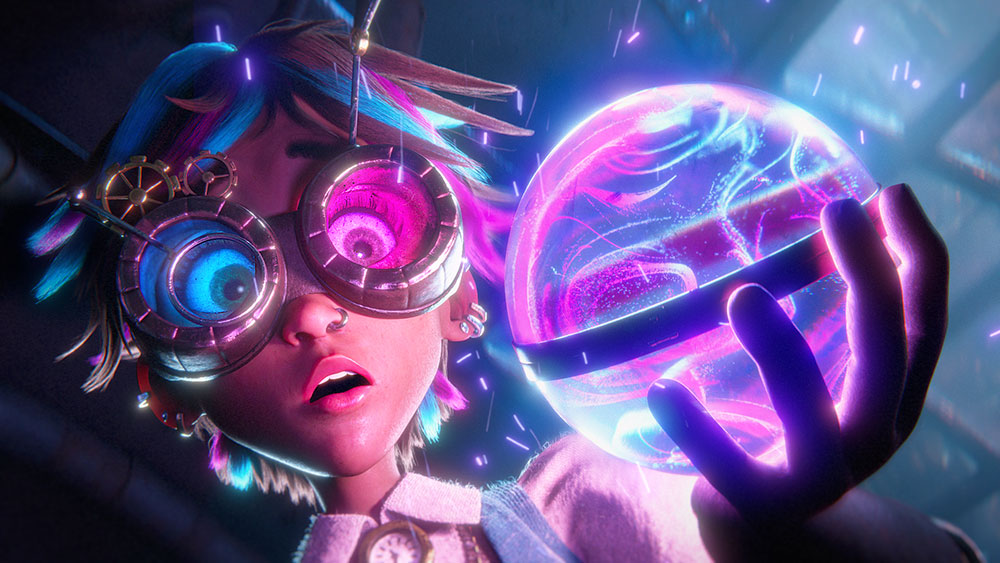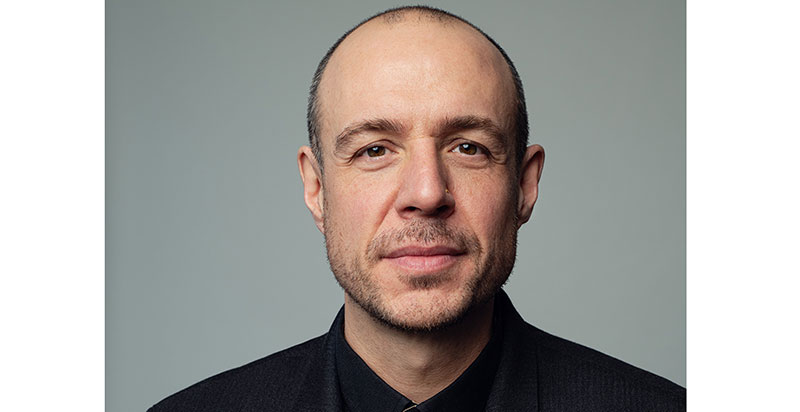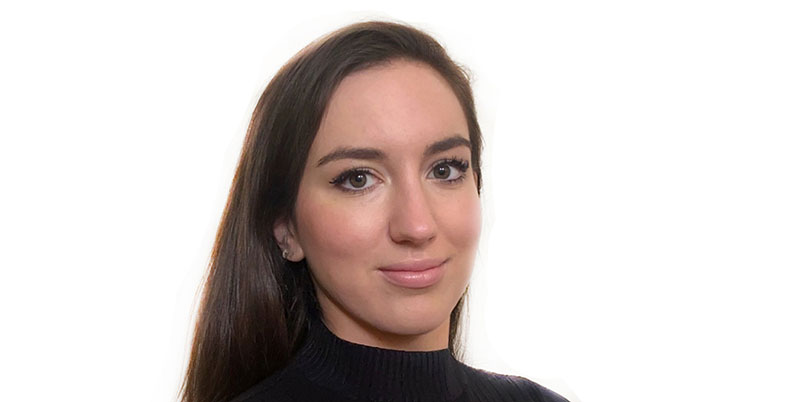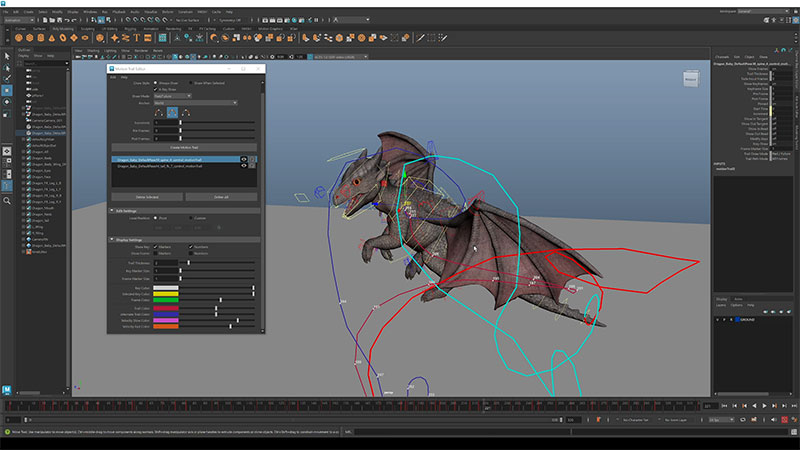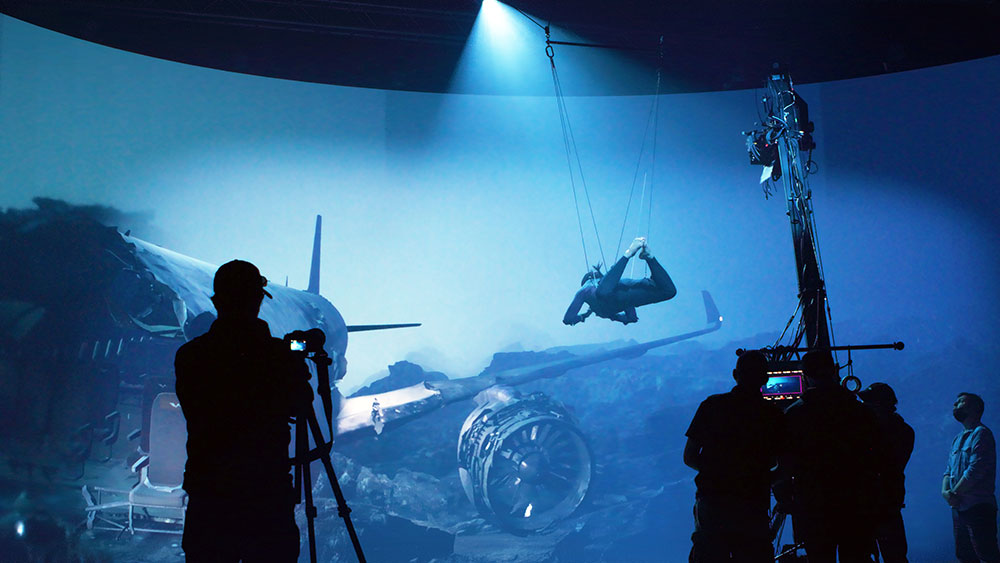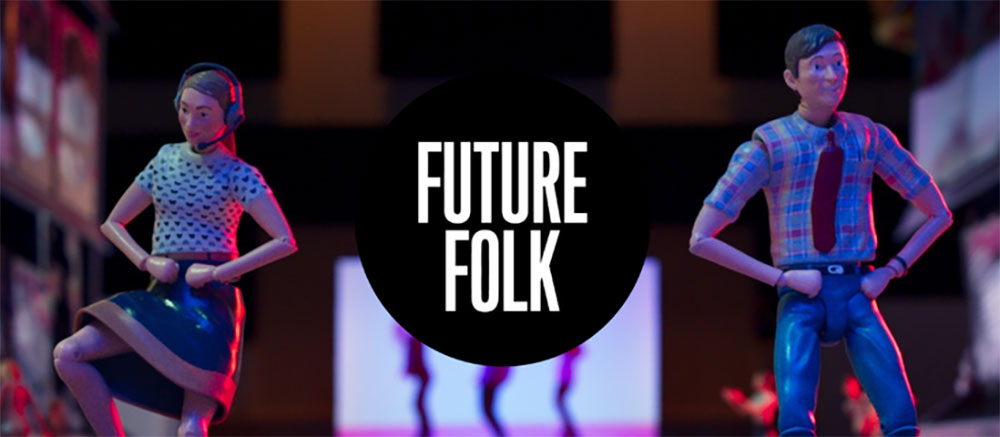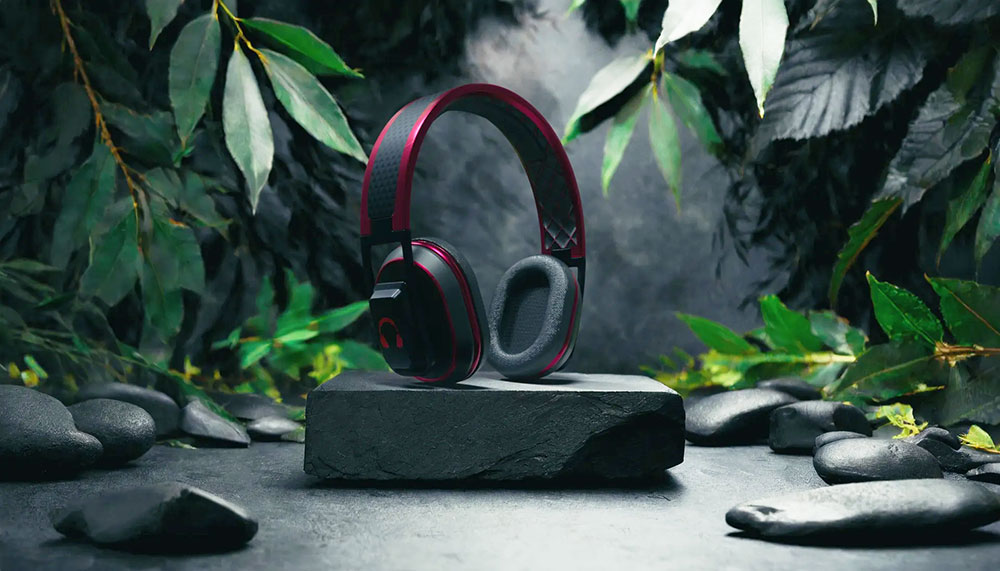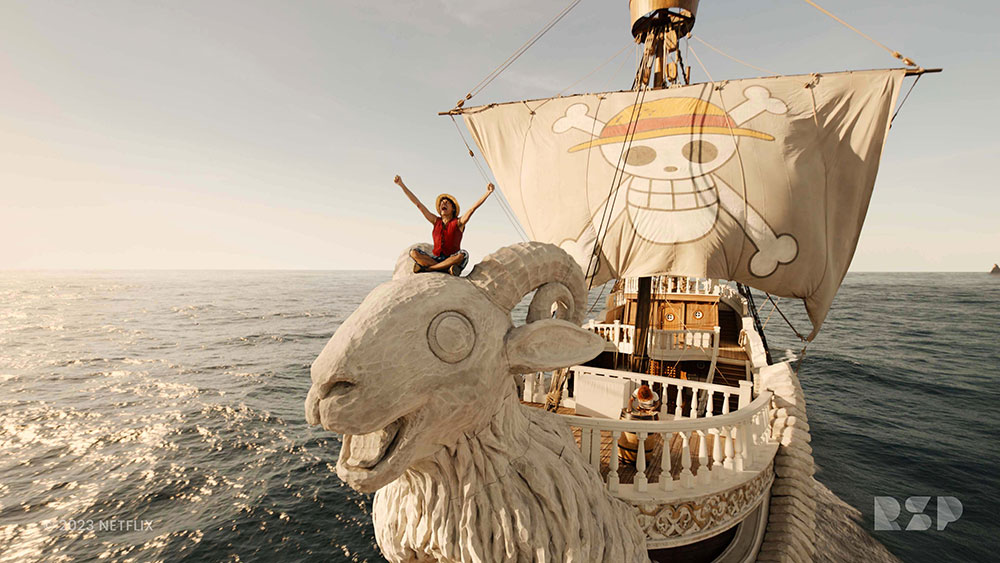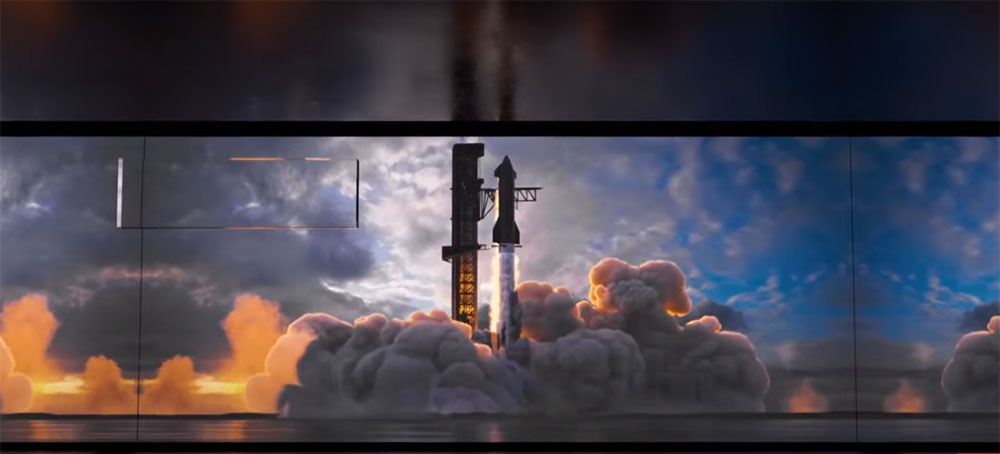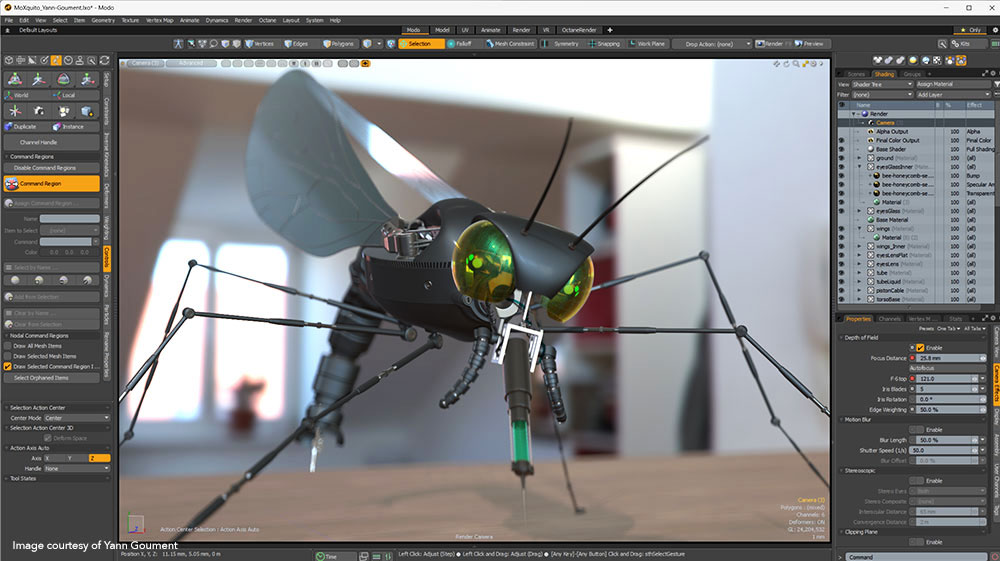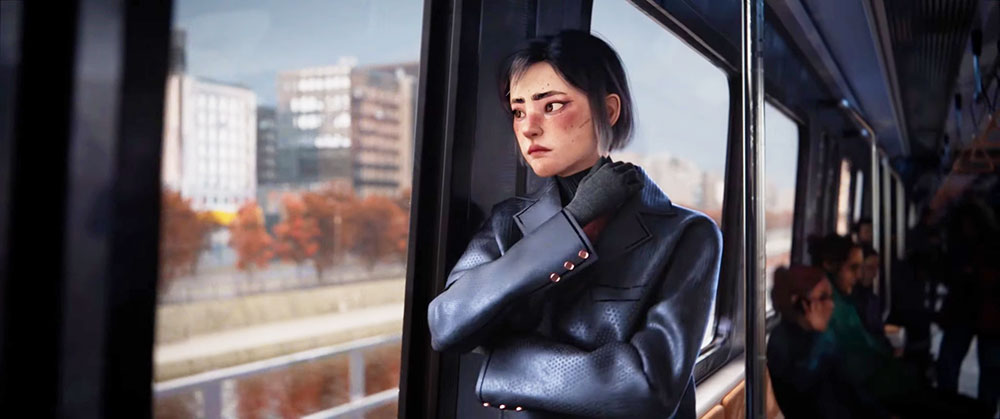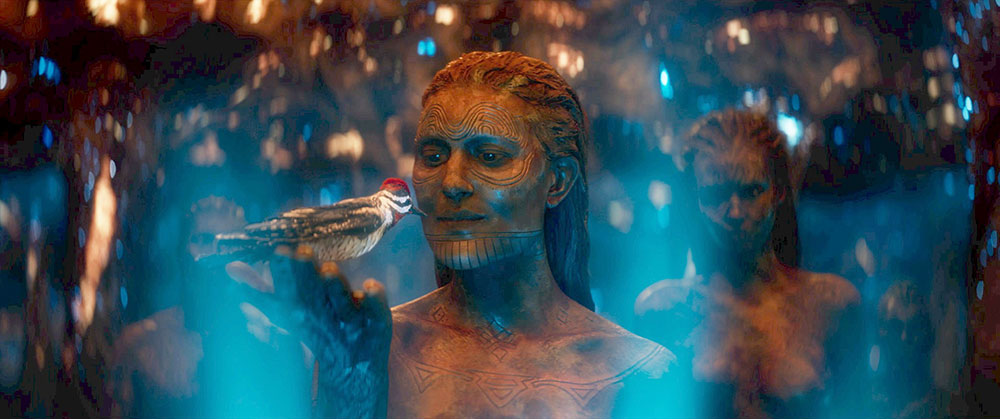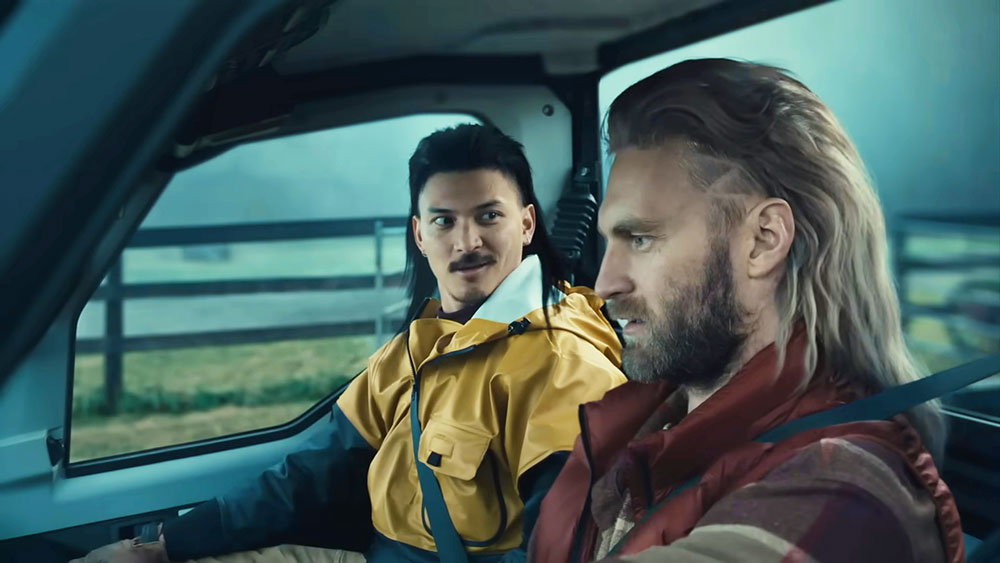Half M.T. Studios’ Miguel Ortega talks about building a luminous world and animating a dramatic story with traditional 3D tools and techniques, rendered entirely in Unreal Engine.
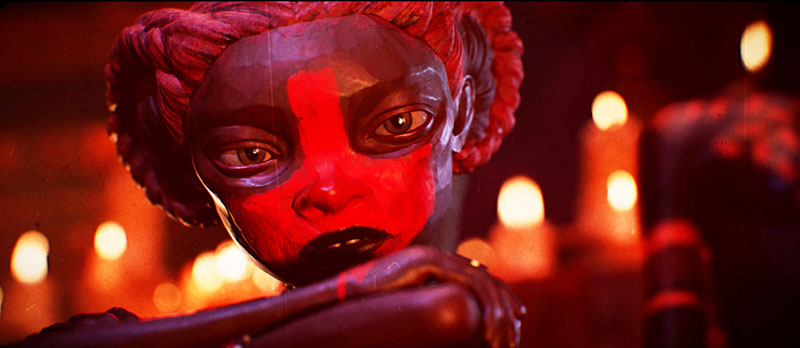
‘The Voice in the Hollow’ is a 10-minute short created using a combination of hand-drawn and 3D animation techniques, and rendered entirely with Unreal Engine. The creators of the film are artist and designer Tran Ma, originally from Vietnam, and director/cinematographer Miguel Ortega of Columbia, who together form Half M.T. Studios.
The story is set in Africa within a tribal community and unfolds like a fable, delivering a harsh moral. It explores such themes as sisterhood, envy, pride and dark spirituality that push it out of the world of children, despite its brilliant colours and appealing, stylised looks. The young protagonist longs so fiercely for what she cannot have that she throws her world out of balance, and loses everything.
Reference – Expected and Unexpected
Audiences will recognise the core story is inspired by the biblical tale of Cain and Abel, while the tribe depicted in the film is primarily based on the Himba tribe of Namibia. Miguel said, “The artwork and leopard motifs, as well as the statues seen in the film, were influenced by the Oba tribe. In that culture, the leopard symbolises the balance between opposing forces. In our story, Ala and Coa are the polar opposite of this balance, which ultimately leads to their downfall.”
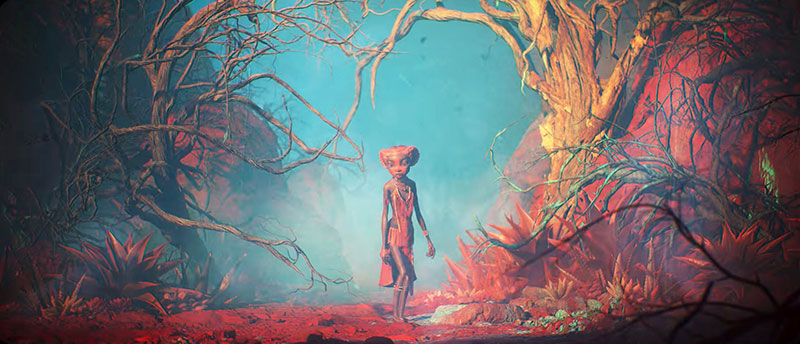
But these kinds of reference are fairly conventional and follow a traditional approach. Less expected are Miguel’s own personal sources of inspiration – Spaghetti Westerns like the films of Sergio Corbucci, TV series ‘Love Death and Robots’ and 1960s and 1970s cinema in general. “There's a murder scene in the movie ‘Framed’ by Phil Karlson (1975) that really impacted me – and Mel Gibson's 'Apocalypto',” said Miguel.
“The rough stop-motion style that Rankin Bass and George Pal used also had a significant influence on our approach. We initially considered not using motion blur and rendering on twos, ultimately deciding to include both of these techniques as they added a lot to the chase sequence.”
Production Pipeline and Workflow
Working as resident artists and instructors at Gnomon School in Hollywood, Los Angeles, Miguel and Tran have documented the process of the film’s production in detail, from the casting and sound, through the editing and VFX production. Other filmmakers can watch the more than 100 hours of making-of footage that they have recorded and made accessible via YouTube, and learn from their processes and workflow.
Because the dialogue is performed in Swahili, with supporting English subtitles, Miguel and Tran cast their film using native African voice actors living in Kenya and Tanzania. The actors were sourced from audiobook translators in Africa, and all of the voice recordings were captured through Skype.
Only a small team of artists and actors are responsible for this film. Tran and Miguel worked in ZBrush and Maya for the character design and creation, and used Adobe Substance Painter for character texturing. Environments were sculpted and textured in the terrain design tool Gaea, then layered with Epic Games’ Megascans. Marvelous Designer was used for the design and simulation of fabrics and costumes, which were exported as Alembic caches into Unreal Engine 5 for the renders.
Character Focus
Miguel mentioned that when they began working on this film, they had only four weeks of experience with Unreal Engine. Nevertheless, they managed to take advantage of that fact. “We embraced the limitations of our knowledge and resources when choosing a style for this project,” he said. They learned a huge amount as the project progressed.

In the video series, you can watch and listen to how he and Tran brought the shots resulting from all the work described above into Unreal, where they worked to balance the lighting, shaders and materials, explore the effect of different colour palettes and so on, ahead of rendering. “Instead of struggling against our constraints, we chose to work within them and make the most of what we had,” he said. “By not focusing on ‘photorealistic technical issues’ such as eye refractions or subsurface scattering of skin, we were able to direct attention to the characters of Ala and Coa and their story.”
The look is rich, tactile and full of life, but the animation – of the characters, creatures and camera – is what delivers the most in terms of emotion, and seems effortless. The performances are based initially on motion capture. A local actor was hired for the female roles, while Miguel acted the movements required for male characters.
To capture the motion data from their performances, they wore an Xsens’ Awinda suit and gloves and used the MocapX facial motion capture app for Maya. MocapX uses the iPhone Face ID facial recognition system to capture facial expressions, head movements and eye tracking and then transfers them to Maya rigs or characters via blendshapes. All of the face and full body animation data was later enhanced, extended and interpreted in Maya by the film’s contributing animators.
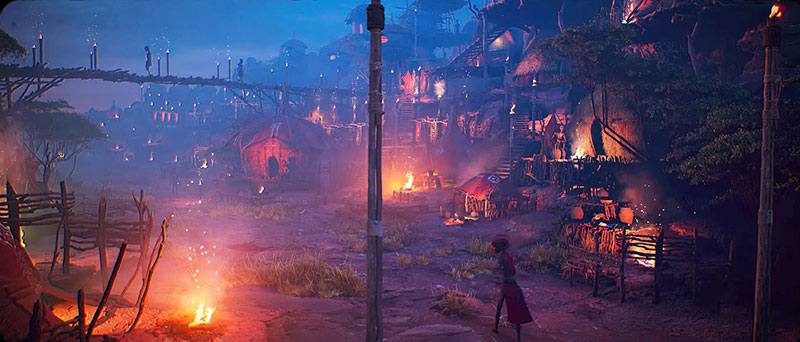
Made by Humans
Miguel estimates that, by the end of production, they had reached roughly a 50-50 balance between the two animation techniques. “Nearly every shot did have some level of hand animation. The end sequence is almost entirely hand-animated because of the physical constraints required. We also had a 2D animation team work on all the ghosts and flames manually, all together resulting in quite a bit of keyframing.
The dramatic camera motion and effects reflect Miguel’s background in live-action filmmaking. “I have a passion for the natural imperfections and textures that come from using traditional film stock and optics,” he said. “I find that films from the 1970s often feel more authentic to me due to their lack of polish. I drew more inspiration from films like ‘The Texas Chainsaw Massacre’ than I did from modern CG animation. My goal was to create a sense that each shot was captured by a human, using only minimal equipment like a dolly and a basic Bolex camera.
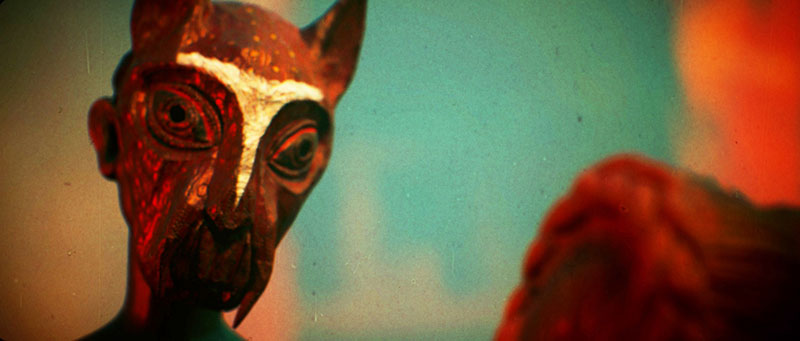
“That meant avoiding sweeping shots and computer-generated camera movements, instead opting for a more grounded, realistic approach. To achieve the desired grainy texture, we scanned old 16mm film and overlaid it on our footage. Additionally, scratches were artfully placed in scenes where the main character, Coa, is experiencing intense emotions such as anger or sadness.”
‘The Voice in the Hollow’ premiered in Hollywood on 17 November 2022. www.thegnomonworkshop.com




